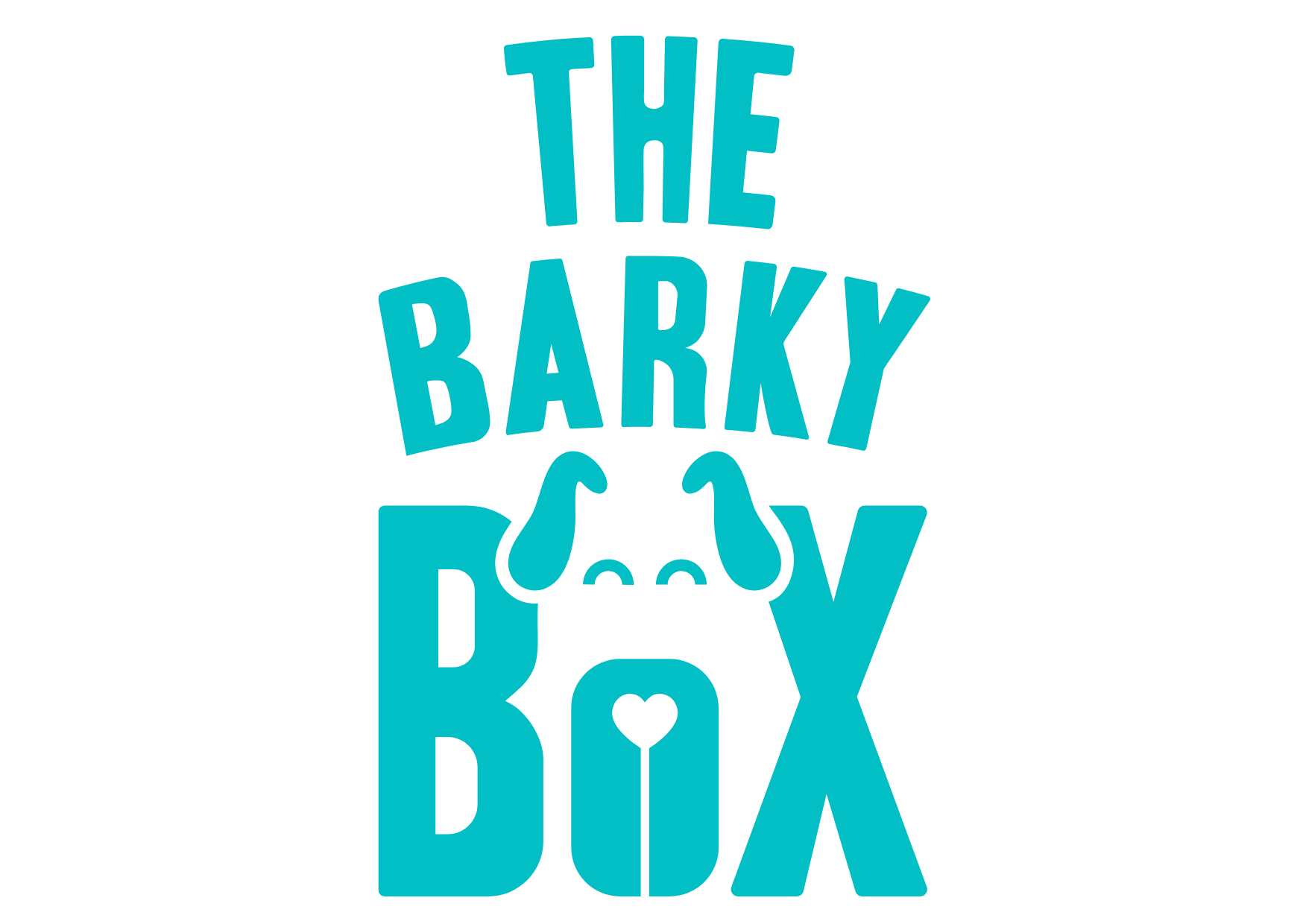Searching for “puppy care” disclose one of two happy situations: that your dog is going have puppies or that you’re determined to adopt one.
Without a doubt, one of the experiences that will bring you joy the most is the moment when you see your dog with its newborn puppies or find the puppy that will go home with you.
But after the excitement, doubts arise: How to take care of the puppies and what to do as first-time human parents?
PUPPIES, NEW PAWRENTS AND FACTS YOU NEED TO KNOW
It’s true that having newborn or a month-old puppies is an enormous responsibility and you will surely be nervous, but the joy of receiving and caring for makes it worth it.
To help you with this process, we answer some of the common questions that you could have from the moment you’re thinking about adopting, until the moment you’re receiving your pet.
7 TIPS BEFORE YOUR DOG ARRIVAL
1. ADOPT IT AT THE BEST AGE
The first thing you should ask yourself is 4 questions to ask yourself before adopting a dog: if the puppies are not born at home, the best time for adoption is eight weeks after birth.
By this time, a puppy will have developed enough to be independent of its mother and will find it easier to adjust to its new home.
2. KNOW WHEN HE WILL OPEN HIS EYES
One of the first things you will ask yourself is after how many days do dogs open their eyes.
The answer is that, no matter what breed they belong to, puppies (new pawrents should be aware of this fact) will open their eyes between 12 and 16 days after birth.
However,, their vision will not be fully developed for the next three months, so one way to take care of them is to keep the floor and surfaces free of objects that could hurt them.
3. LEARN HOW TO FEED YOUR DOG THE RIGHT WAY
This is one of the most important care for puppies, because it is at this stage when there are more changes in their food.
After 45 days, you can give him food in porridge and later on solid food, but it must be strictly puppy food and preferably recommended by a veterinarian.
It is also necessary that you place its plate in a clean, spacious and little-trafficked place, which allows your dog to eat without any distractions.
You should only serve him the ration indicated for his weight, age and make sure that he always has clean and warm water.
4. DO NOT MISS ANY VACCINE OR DEWORMING
Another question that new families have is how often I should deworm my dog.
You may be surprised to learn that a puppy is dewormed at 20 days old, before the first vaccination.
Doing so is crucial to prevent it from being vulnerable to diseases that, at this stage, it will be difficult to cope with.
Dewormers are sold in syrup or pills form for puppies that are still nursing. Depending on the medication, deworming should be done every month or every three.
The first vaccine is given between a month and a half and two months and it is important for a veterinarian to apply it. Please keep in mind that you should never take the puppy out of the house for a walk without having at least its third vaccination.
The last one will protect your dog against diseases such as parvovirus, canine distemper, leptosis and rabies.
5. CHOOSE THE BEST TIME FOR HIS FIRST BATH
Puppies can be bathed from five months of age. However, this doesn't mean you can't implement a grooming routine or clean them up after they've gotten all dirty because some mischief.
A great solution when they are still very young is to use some wet wipes for dogs and clean their eyes with cotton and warm water.
Once your dog has the recommended age to have his first bath, the ideal is that you choose a day of mild weather or you can create it artificially at home.
You should also make sure you have a special shampoo for dogs; even better if you can find a product designed for your doggie’s hair and skin type.
Try to bathe your puppy with warm water, dry it with a towel and avoid spraying perfumes.
6. GET YOUR DOG USED TO DENTAL HYGIENE
This care is essential from your puppy's first months of life, because in addition to bad breath, cleaning the teeth will help to prevent kidney, liver and heart diseases. To create a habit:
• Brush your dog’s teeth with a special puppy toothpaste three times a week.
• Add mouthwash for dogs to the cleaning routine.
• Give him toys and snacks that help to clean your dog’s teeth.
7. GET READY FOR YOUR DOGGIE’S ARRIVAL
Among the preparations to receive the new member of the family, you can include the purchase of items that you will eventually need, for example:
•Plates. Your dog needs to have one for water and one for food.
•Bed. Our suggestion is to choose one that suits the size of your dog when it reach adulthood .
•Blankets. Make sure you have at least two.
•Brush. Choose it based on the type of hair of your pet.
• Shampoo. Buy a specific shampoo for your pet. If you use another, you could remove the natural oils that protect your pet's skin, opening the door to dermatological diseases.
•Identification tag. In your identification tag you can record your data in case your furry friend gets lost.
•Toys. They will help your dog to exercise, eliminate anxiety and overall, a toy will give your dog some fun time.
YOU ALREADY HAVE YOUR POOCH: KEEP THESE TIPS IN MIND
There are several ways to make the adaptation of your pet to its new home easier and to helping him with the learning that your dog must gain at this stage of its development.
Take note of these tips:
1.Show him affection. Due to the circumstances in which the adoption took place, in some cases the puppies may have suffered some type of stress or mistreatment. For example, if we talk about rescued puppies, your patience and show of affection towards your dog’s behaviors derived from these experiences are key to their socialization.
2. Allow him to socialize. As soon as he is dewormed and has the corresponding vaccines, take him to the park so that he can interact with the environment, other pets and people. This will help you educate him so that he doesn’t become aggressive and will make it easier for you to include him in your daily activities.
3. Play and exercise with your puppy. In this way you will stay active, you will prevent your pet from getting stressed and engaging in bad behavior.
4. Set the rules of the game. If possible, seek the advice of a professional trainer to teach your pet what to do and what not to do.
5. Let him explore. In addition to being curious by nature, puppies need to explore every corner of the house to get used to it and feel like home.
KNOW WHAT ASPECTS ARE WORKED ON IN THE FIRST TRAININGS
One of the first things you should teach your furry one is to bite their toys and not people. Although this behavior is part of the temper of some breeds, the truth is that it can be corrected at an early stage.
Another key issue is times they need to go out and sphincter control. This learning will require a lot of patience on your part, since dogs do not have the
ability to self-control before relieving themselves, until they are six months old.
Something that will help you to carry out this process in a better way when owning a dog for the first time, is knowing that puppies have the need to pee or poo every five hours, approximately.
If you are a dog owner for the first time, a good measure to avoid encountering unpleasant surprises is to open the door for your dog once this period has passed.
IDENTIFY WHEN IT IS APPROPRIATE TO REWARD YOUR DOG
Positive training is distinguished by respect for the dog and the construction of a relationship without
violence between him and his human family.
In this practice, the main purpose of rewards is reinforcing desirable behaviors and discouraging those that are not, through the restriction of these rewards, but without punishing your furry one.
For example, you can reward your pet every time he relieves himself in the right place or to teach him not to pull on the leash or not to bite.
OFFER THE BEST FOOD
Although there is a variety of products for different needs on the market, but try to go for products that are as natural as possible and without preservatives and nasties. All the treats we provide in The BarkBox
have natural ingredients and are the highest quality products in the market to keep your dog's tail happy and wagging!
Now that you are ready to receive your puppy, we hope that this guide will help you to have a good experience with your new friend and enjoy the beginning of your furry's life with all the appropriate care.



